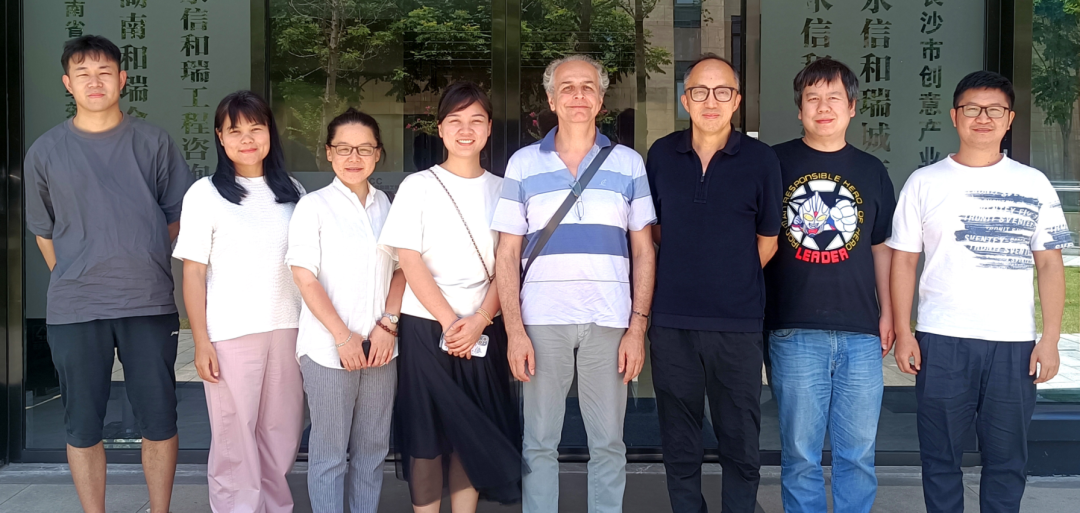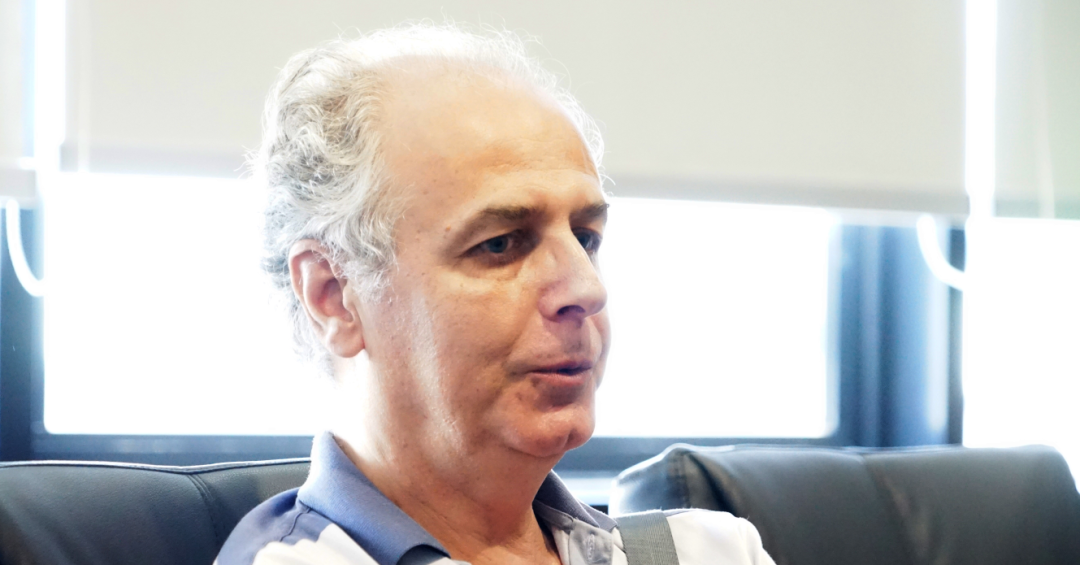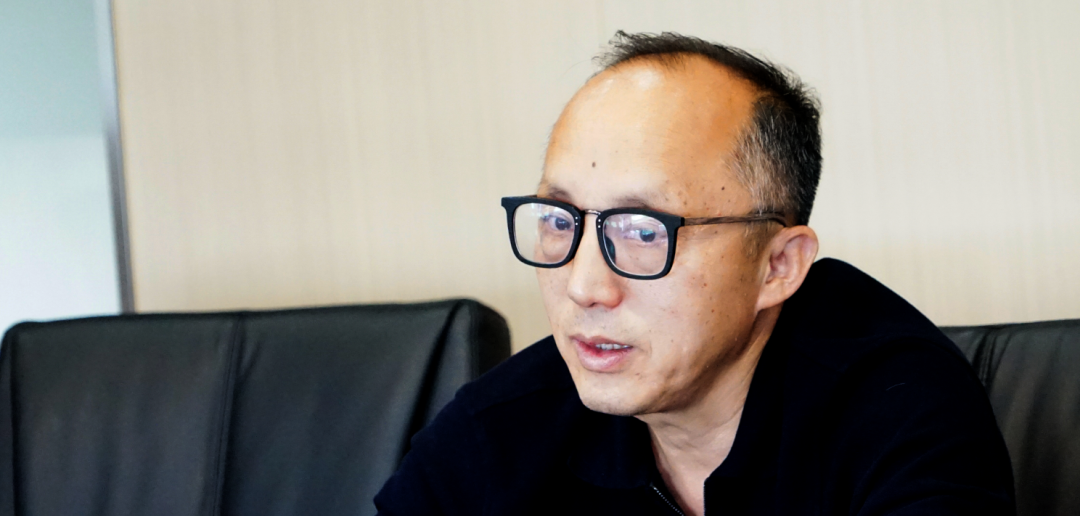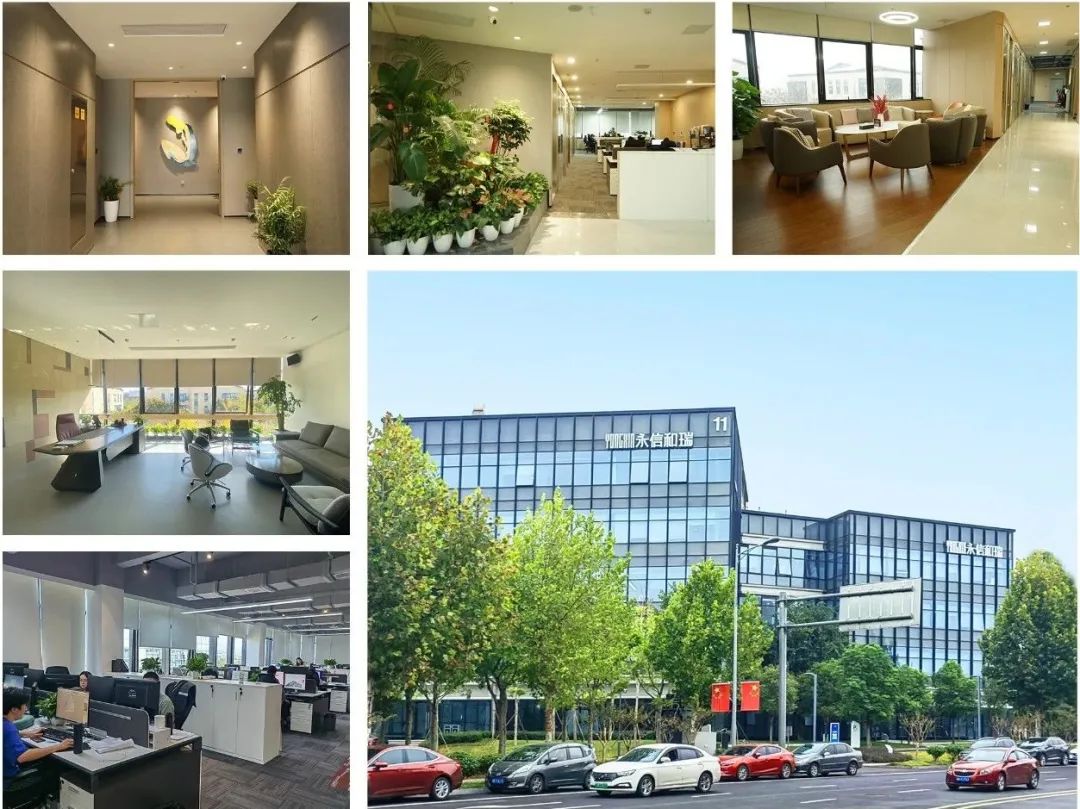【后湖书院】来自意大利的声音
一个是意大利建筑与城市研究院教授
一个是中国城市更新与文化复兴专家
这是一次古建筑保护与技术的分享
更是一次中外建筑文化保育的碰撞

【分享】
6月28日,意大利米兰理工大学建筑与城市学院建筑遗产保护专业教授,建筑与景观遗产保护、木构建筑保护诊断专家Francesco Augelli到访永信和瑞,与设计总监杨建觉及设计团队成员进行了一场有高度、有深度、更有细节的学术对话。
双方围绕意大利古建筑保护经验、当下中国古建筑保护面临的问题、文化遗存的保育与活化办法,进行了深度交流。大家十分认可意大利人对待古建筑保护的真诚态度和严谨技术,期待双方未来有合作的机会。

Francesco Augelli

【对话】
杨建觉:古建筑的保护与研究,从信息采集角度而言,更看重社会层面还是技术层面?
JJ Yang: Regarding the preservation and research of historic buildings, are the social or technical aspects more important in information collection?
Francesco Augelli:关于我的专业和研究经验,我首先会考虑项目的特性。如果项目侧重于城市尺度,比如一个历史名城的保护和管理类的大型项目,我的方法将是从历史研究开始,其次是社会研究,它包括居住者的特点(数量、年龄、性别、职业等),SWOT分析,习惯、风俗、生活方式、需求和其他社会方面。
如果该城市保护项目也将侧重于重要的历史建筑层面,或者客户的要求是关于历史建筑的保护和再利用设计,在这种情况下,它将使用历史建筑保护的方法直接把侧重点更多地转换到技术层面,开始形成深入的了解(历史和现状研究),图绘和信息收集,最终以这些为基础,进入保护和适应性再利用设计阶段。
Francesco Augelli: Regarding my professional and research experience, I consider the characteristics of the requested project. If the project is focused on the urban scale, similar to a large project like the conservation and management of a historical town, my approach would be to start with historical knowledge, to the social research, including characteristics of the inhabitants (number, age, gender, occupations, and so on), the SWOT analysis, habits, customs, lifestyles, needs and other social aspects.
If we suppose the urban conservation will also be then focused on important historical buildings or the request of the client is about a historical building preservation and reuse design, in that case, it will be directed to switch to the technical level of preservation, using the methodology of historical architecture conservation starting to form the in-depth knowledge (historical and of the current condition), mapping and information collection and finally, based on them, to the preservation and adaptive reuse project.
杨建觉:您眼中,当下中国的古城、古镇、古村、古建筑物的保护与复兴处于什么水平?存在哪些需要特别留神的地方?
JJ Yang: What is, in your opinion, the current level of preservation and renewal of historic towns and buildings in China? What are the issues that need to pay more attention to?
Francesco Augelli:我曾多次到过湖南。就目前而言,湖南有些地方对历史建筑的干预需要多尊重历史文化遗产的真实性。在修复过程中,建筑所呈现的不同时期的原始历史痕迹都被抹去,人们把建筑翻新得焕然一新。经常有历史建筑被拆除或完全改变,抑或新做的假古董取代了原来的外观,而不尊重历史建筑真实性的时间因素。
意大利人一直坚持历史建筑的真实性、兼容性、可识别性和最小的干预原则,以消除衰变的成因,修复建筑的残损,而不是覆盖或取代历史建筑的历史痕迹,做一些没有必要的改变。自上个世纪七十年代以来,意大利建立了一个相对完整的历史建筑保护理论和方法体系,它汇集了各行各业的专业人士都来参与到这样一个复杂的项目(保护)中。
我希望在未来,中国甚至湖南会有类似的关于历史建筑的认知、技术、科学方法来保护,包括那些文革时期的建筑,即使是现代的,也是中国和中国人民伟大历史的重要组成部分。
Francesco Augelli: I have visited Hunan many times. For the moment, there are some places in Hunan where too frequently, the intervention in historical buildings needs to respect the authenticity of cultural relics. In the restoration, the original historical traces of the different periods are all wiped out, refurbishing the building to look brand new. Frequently the historic buildings are demolished or completely changed, or newly made fake antiques replace the original appearance without respecting the time element of historical buildings authenticity.
The Italians have always insisted on authenticity, compatibility, recognizability and minimal intervention to remove the causes of deterioration and fix the damages to the building rather than covering or replacing the compatible historical traces of the historic buildings with no necessary changes. Since the Seventies, Italy has established a relatively complete theoretical and methodological system for the conservation of historical buildings with the participation of all walks of the competencies involved in such a complex project (preservation).
I hope that in the next future, also China and Hunan will have a similar methodological approach to knowledge and technical and scientific approach to the historical buildings, including also the ones of the Cultural Revolution that are important, even if modern, parts of the great history of China and Chinese People.
杨建觉:中国古建筑种类繁多、规模庞大、分布广泛,如何对这些古建筑进行保护的同时进行活化再利用,使其产生更高的社会与经济价值?而这种价值又能更好地促进古建筑保护。也许这是个难题。
JJ Yang: Chinese historical buildings are diverse, large in scale and widely distributed. How can these historical buildings be conserved and, at the same time, adaptively reused so that they can generate a higher social and economic value? And this value can better promote the conservation of historic buildings. This may be a complex problem.
Francesco Augelli:我在意大利教我的学生的如何平衡各利益相关者的需求。例如,如果我们修复一座寺庙,那么它的功能将保持为一座寺庙,即使最终将为游客增加必要的服务。但如果它是一个历史悠久的住宅建筑,它也将被认为是必要的补充。另外,在这种情况下,最基本的一点是,历史建筑的再利用应该适当地适应该建筑的历史价值,而不是相反。当然,应该考虑现代化和更新服务。例如,在修复历史上的住宅时,厕所、厨房、电力、空调、保温等等都会被认为是适当匹配的。
我们教诲的主题是,我们必须尊重真实性(不同于 "原始 "的含义),尊重历史建筑的价值,同样要平衡当代日常生活的功能需求。数据分析和需求调研是通过利益相关者的参与和同意来完成的。利益相关者包括了国家机关、地州市政府、业主/客户、开发商、设计公司、建筑商和投资者,他们对数据进行分析,并得出结论和植入功能的建议。
Francesco Augelli: What I teach my students in Italy is how to balance the needs of the stakeholders. For example, if we restore a temple, then its functions will remain as a temple even if will be eventually necessary additions of services for the visitors. But if it is a historical residential building, it will also be considered the essential additions. Also, in this case, the most fundamental point is that the reuse of a historical building should be appropriately adapted to the historical value of the building and not the contrary. Of course, modernization and updating of services should be considered. For example, when restoring a historical residential house, the toilets, kitchen, electricity, conditioning, insulation and so on will be regarded as properly compatible.
The theme of our teachings is that we must respect authenticity (different from the meaning of "original"), the value of historic buildings, and equally balance the functional needs of contemporary daily life. The data analysis and needs are done by going through the involvement and agreement of the stakeholders, which covers the government, municipality, the owner/client, the developer, the design firm, the builder, and the investor, which analyses the data, and draws conclusions and implants the functions proposals.
任子健:刚才教授提到在建筑保护工作中,意大利和中国过去对待木结构的保护方法有很大差异,具体体现在哪些方面?现在对木结构的理解正在逐步靠拢,又具体表现在哪些方面?
Ren Zijian:The professor also mentioned significant differences between the Italian and Chinese approaches to wood structures in preserving buildings in the past. In what aspects? Nowadays, the understanding of wood structure is gradually approaching, and in what aspects?
Francesco Augelli:这是个好问题。我只了解湖南的情况,而不是整个中国的情况。当我2009年来到湖南时,我看到当地对历史建筑的处理方法是一旦发现它们被破坏,就用新的来代替,而且他们还是在没有科学诊断的情况下就这样做。在意大利,方法是不同的。像医生或侦探一样,我们一步一步地进行诊断,一般来说,是对历史建筑的间接和直接的了解。 在建筑现状调研的工作过程中,当我们在在寻找线索的基础上进行适当的调查后,我们可以使用仪器来获取定性和定量的数据,再通过专家的正确理解和解释,允许我们对木质结构(也包括其他材料)进行诊断,并以正确的疗法进行治疗。例如,如果存在昆虫或霉菌,我们会给它充分的治疗并保护木材。所以在最初,我们需要正确地确定哪些地方是不可逆转的损坏,不能治疗,必须以兼容和可逆的方式来更换。
正如我以前说过的,中国处理木结构的方法是漫无边际地直接拆除旧构件或整个建筑,然后用新的构件取代它们。而目前的做法是,大家更倾向于只拆除老化的部分,以及只替换无法恢复的部分。但是即便如此也仍然存在问题,那就是如今负责施工的工人们是没有得到充分的培训的。毕竟,他们只是普通的建筑工人。从施工质量成果的角度来看,木匠应该在基于最小干预原则的维修中做得更好。
Francesco Augelli: That's a good question. I know the situation in Hunan, not the whole of China. When I came to Hunan in 2009, the approach to historic buildings was to replace them with new ones when they were damaged, and they did this without a scientific diagnosis that permitted them to say if it was recoverable or not. In Italy, the approach is different. Like doctors or detectives, we perform the diagnosis step by step and, in general, the indirect and direct knowledge of the historic building. In the work process of the current condition of the building, after the proper investigation based on the searching of clues, we can use instruments to achieve qualitative and quantitative data that, properly understood and interpreted by experts, permit us to diagnose the wood structure (but also other materials) and treat it with the right therapy. For example, if insects or fungi exist, we will adequately treat and protect the timbers. First of all, we need to determine correctly which areas are irreversibly damaged, cannot be treated, and must be replaced in a compatible and reversible way.
As I said before, the Chinese approach to wooden structures was diffusely to remove the old elements or the whole building directly and replaces them with new ones. The current approach is, more and more, to remove only the deteriorated part to replace just the unrecoverable portions. But there are still problems because the workers are too frequently not trained adequately. After all, they are ordinary building workers. Carpenters should do a better job from a quality result point of view in the minimal intervention repairs.
意大利米兰理工大学教授Francesco Augelli助理何昳慧、湖南大学建筑与规划学院谢菲教授、永信和瑞建筑设计院长罗朝阳,城乡规划院长杨一美、副院长康承军、总工程师任子健、副总建筑师李愿参加了对话。


本篇文章来源于微信公众号:永信和瑞工程咨询有限公司







